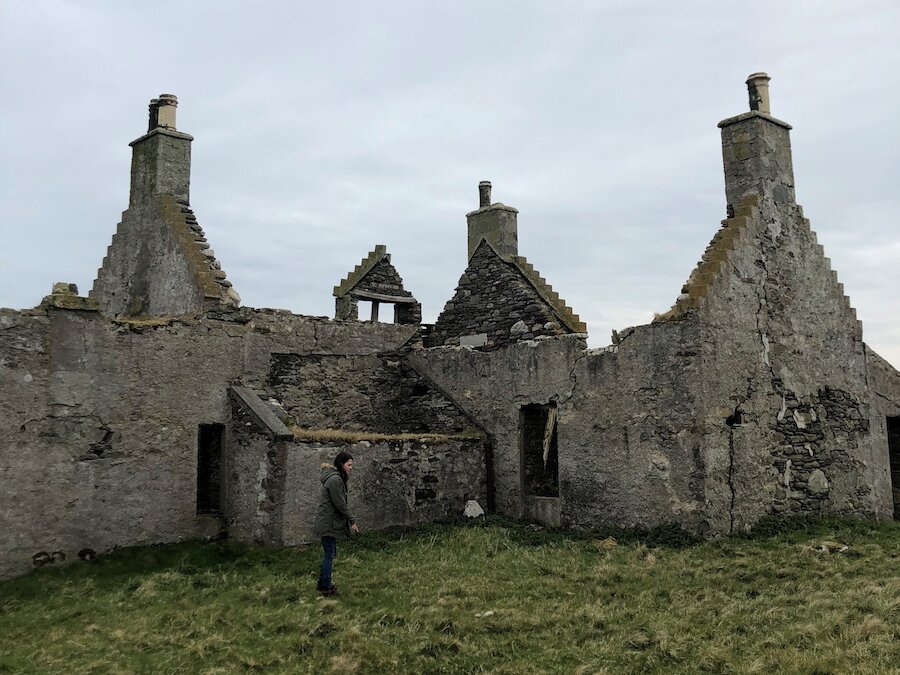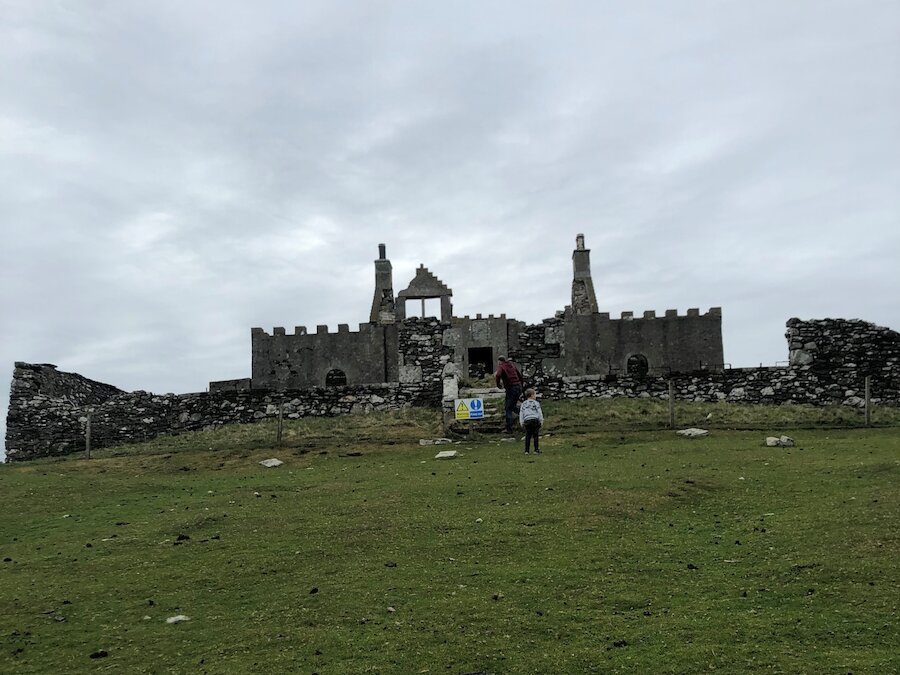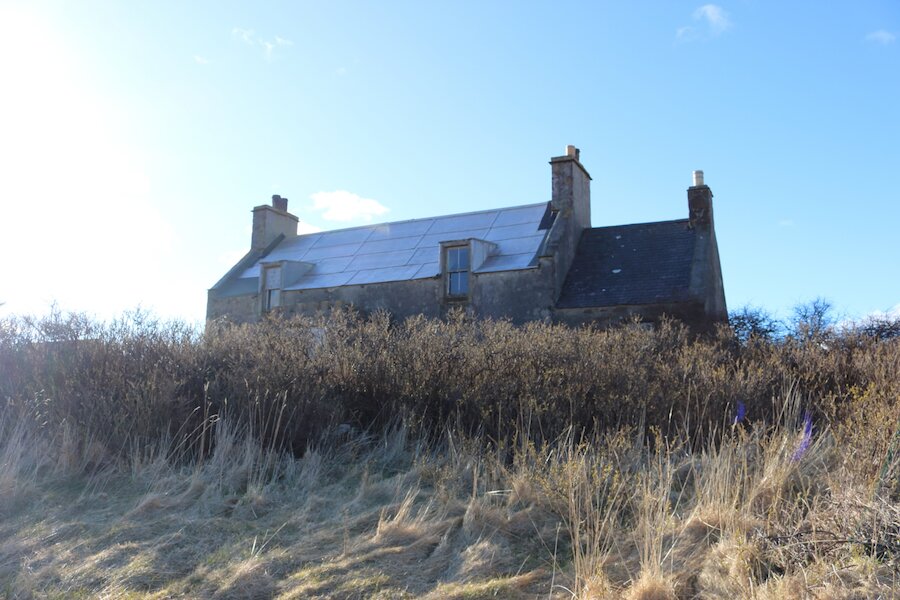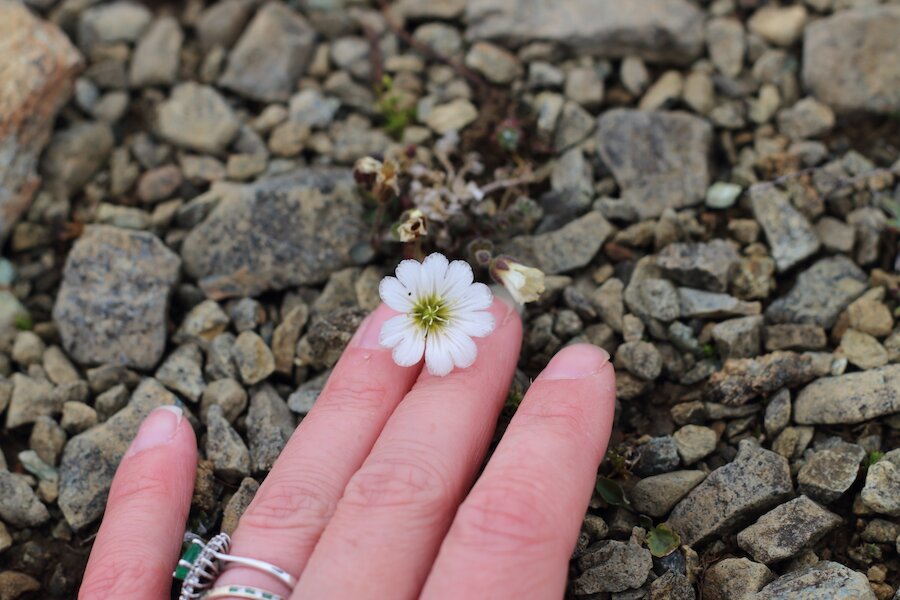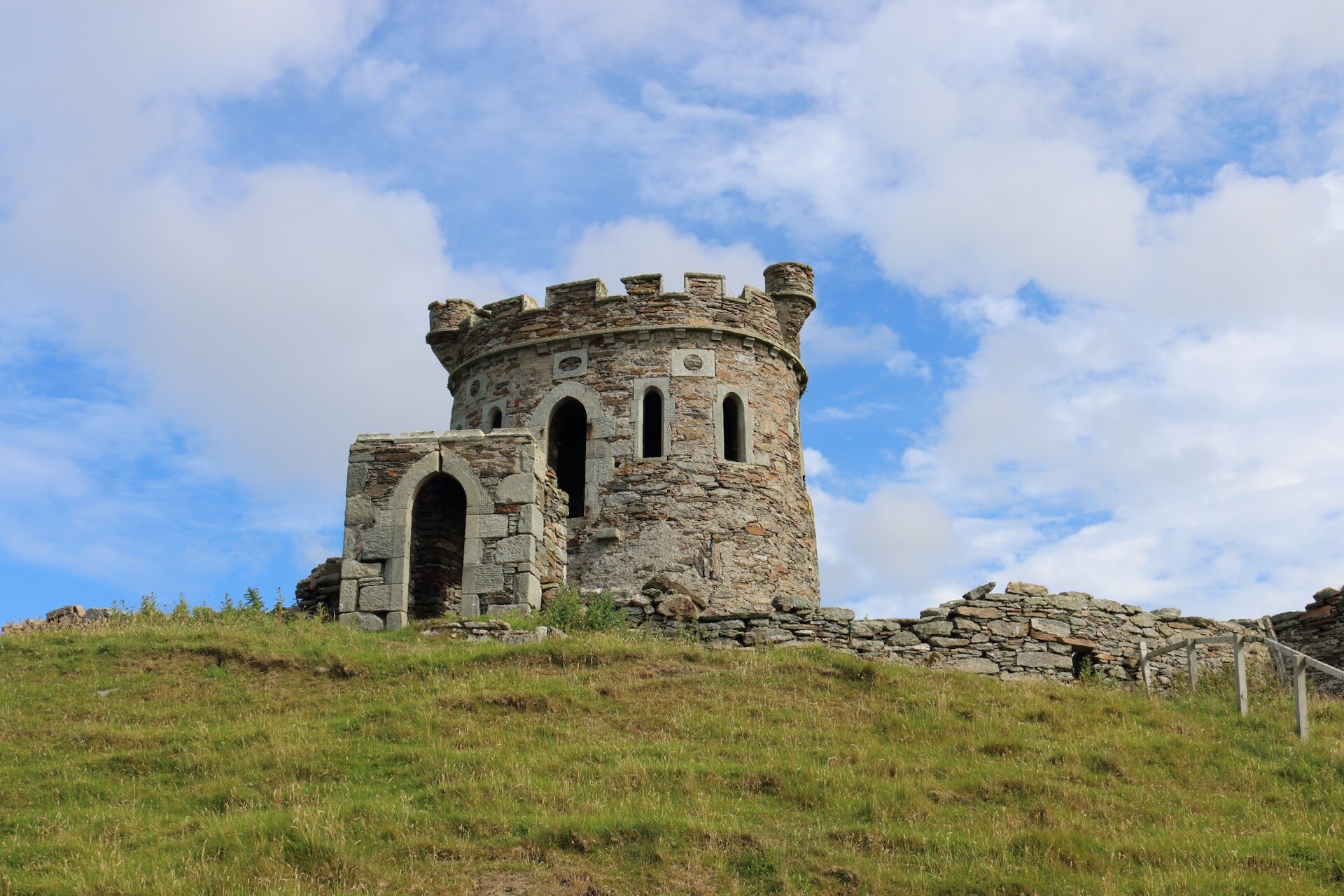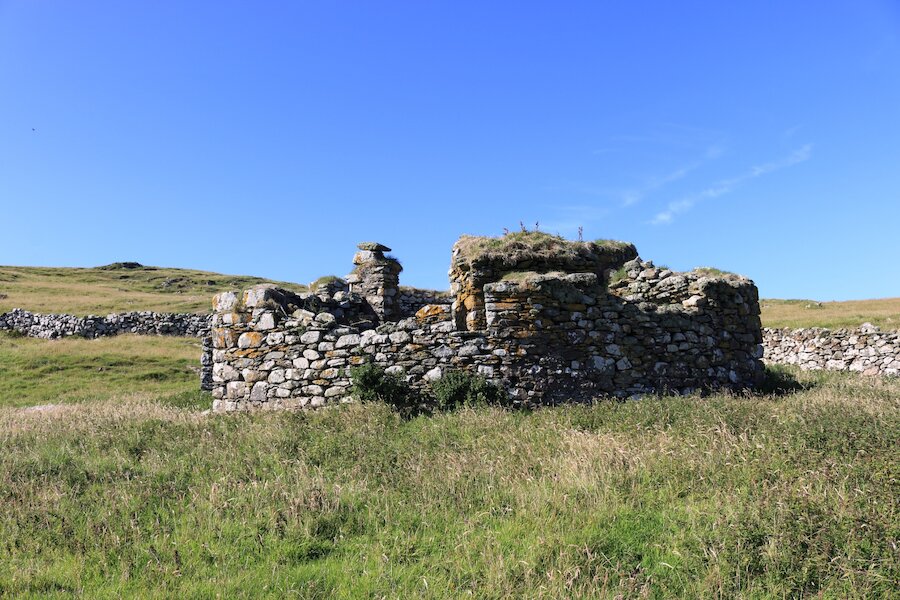In the second in a two-part series, Laurie Goodlad explores some of Shetland’s abandoned buildings and delves into their history.
As restrictions ease a little and more Shetlanders #rediscovershetland, we are heading to the North Isles to explore a few more of Shetland’s abandoned places.
Windhouse, Yell
First up is Windhouse in Yell – the first of the North Isles we arrive at. It’s easy to get to Yell; just a short hop across Yell Sound on the modern inter-island ferry. The crossing takes about 15 minutes, and passengers can stand on the upper deck and enjoy views across the sound, passing the uninhabited islands of Bigga and Samphrey on the way. At 17 miles long, Yell is the largest of the North Isles, and with many abandoned buildings, it’s always Windhouse that sparks a conversation.
Windhouse is thought to be one of the most haunted places in Shetland – if you believe in that kind of thing. The roofless ruins of this once imposing house sit on the crest of the hill on the approaches to Mid Yell. Its foreboding silhouette, dominating the skyline.
Windhouse, commanding views in all directions, is the site of an ancient settlement. The house itself has its foundations in an Iron Age broch, and recent excavations have revealed a burial site within the gardens of the house. Steeped in mystery and legend, Windhouse attracts both historian and ghost-hunter, keen to unpick the magic of this iconic house.
The list of ghosts alone is impressive – if not a little spine-tinglingly scary. Including, in no particular order: The Lady in Silk – thought to be the skeleton of a woman with a broken neck discovered under the floorboards at the foot of the staircase. A tall, cloaked man who passes through the wall in the kitchen. A baby’s skeleton that was found in the walls during alterations at some stage. A black dog who prowls the bedrooms – although the first floor and roof have now fallen in, so there is no telling where the dog may now roam. There’s the taxman – obviously – and finally, a pedlar who was found under flagstones at the door. I’m sure this list is not exhaustive, but it does make for bone-chilling reading.
Another famous story, which is sure to make the blood run cold, states that nobody can survive a night in Windhouse on 24th December. Elaborating that, on one 24th December, a shipwrecked mariner turned up at Windhouse, and upon arrival found the inhabitants leaving. They explained that nobody could survive this night; “No mortal was ever found alive who attempted to sleep in it on this particular night but was slain by some unknown being,” they explained The mariner decided to stay, and in the night came to blows with a “thing” from the sea. Plunging an axe into it, he killed the beast and buried it in an enclosure nearby. This unknown being is believed to haunt the house and grounds still.
Whatever the truth, this once-majestic building with the armorial crest of the Neven family above the door, was once a grand home – however oppressive the Nevens’ may have been – and whatever the truth, it makes for an eerie and thought-provoking walk.
Halligarth, Unst
Island-hopping North we arrive in the second of Shetland’s North Isles, Unst where we come to Halligarth, home to the Edmonston family.
Set amongst a hush of mature sycamore trees, Halligarth feels entirely out of place in Shetland’s almost-treeless landscape, and although the house still stands intact, it is some years since it was lived in and it’s in need of extensive renovations.
Halligarth was home of the Edmonston family who has quite an impressive roll-call of achievements. Father, Laurence (b. 1795), had a keen interest in ornithology and received awards for his work on the glaucous gull and great skua. Two of their children, Thomas (b. 1825) and Jessie (b. 1842), also went on to lead quite extraordinary lives.
Thomas Edmonston was a keen botanist and, by his teens, had discovered several new species of plants, including the endemic (meaning it occurs nowhere else in the world) Edmonston’s Chickweed that clings to the lunar-like landscape of Unst’s Keen of Hamar Nature Reserve, about two miles from Halligarth.
Sister, Jessie, in many ways, was an even more enigmatic character. Bearing in mind that we are talking about the 19th century when a woman’s role was very much subsidiary to that of men and women were generally uneducated, and often illiterate. Jessie was to become one of Shetland’s best-known writers of her age. Not only was she a successful writer, but she was also able to generate a good enough income to allow her to live alone, raising her family of boys in Edinburgh following the death of her husband. Publishing over 40 books, including the indispensable Shetland Folklore, and hundreds of articles, Jessie was a woman before her time, and one who I much admire for her tenacity and presence is a world dominated by men.
The National Trust for Scotland now owns Halligarth, and in cooperation with other bodies, restoration plans are underway. Interpretation panels give a brief history of the area, and the grounds can be explored, but visitors are reminded to follow the guidelines which are displayed.
Brough Lodge, Fetlar
Fetlar, the last of Shetland’s three North Isles has endearingly been known as the ‘Garden of Shetland’ since Norse times, and it’s easy to understand why. The stunning landscapes, fertile valleys and diverse geology give rise to the most incredible display of flora and fauna. Taking the ferry from Yell, the journey takes about 25 minutes, and Brough Lodge is situated just a few miles from the ferry terminal.
Once supporting a large population, the fertile island boasted some of Shetland’s grandest homes, and some remarkable characters too. Today the population of Fetlar sits at about 60.
Brough Lodge is a very unusual house and unlike anything else built in Shetland. Built in 1820 by landowner Sir Arthur Nicolson of Lochend, this striking building was designed and built in a Georgian Gothic style. Brough Lodge had everything a grand house of that time ‘should’. It boasted, amongst others; a drawing room, library, butler’s pantry and a counting room (where the landlord dealt with the rents from the island). It also had an astronomical observatory – as every grand house should! The house was last inhabited in the 1970s, and despite having some renovations done in recent years, these were never completed, and the house now stands in a desolate state of disrepair.
Sir Arthur was an eccentric man who also built a folly at Gruting, on the other side of the island.
The folly (roundhouse) was built following clearances in the 1840s of the fertile valley at Gruting. Fetlar was severely hit by the clearances which affected much of the Highlands and Islands throughout the 19th century as landowners decided that large-scale sheep farming was more profitable than tenant farmers.
Sir Arthur Nicolson decided to build a summer house in the now quiet valley, secluded from his family home at Brough Lodge. He designed his summer house in a French fashion, the lower part made from stone and the upper floor (no longer evident) was constructed from wood. Once complete, Sir Arthur, on his horse Jolly, made his way to the newly built bolt-hole to spend the night, in perfect solitude, away from family demands at home. The evening went well until Sir Arthur, on retiring to bed, was kept awake – and terrified – by an incessant banging and knocking, which echoed through the darkness outside like a banshee. Nobody was there, and eventually, the noise became too much for him to bear. He abandoned his post and, with Jolly, galloped back to Brough Lodge much the wearier of his ‘staycation’ in the summer house.
An explanation, provided by the minister stated that the noise could be the spirits of the crofters’ who he had evicted from the surrounding area coming back to haunt him for his misdeeds. That was the first and last time he attempted to stay at his folly.
If you plan on rediscovering Shetland this summer, please share your photos on Facebook and Instagram, using the hashtag #rediscovershetland.
Please also remember that coronavirus hasn't gone away, so continue to respect other people and maintain social distancing. Read our Rediscover Shetland blog for the latest inter-island travel information.

